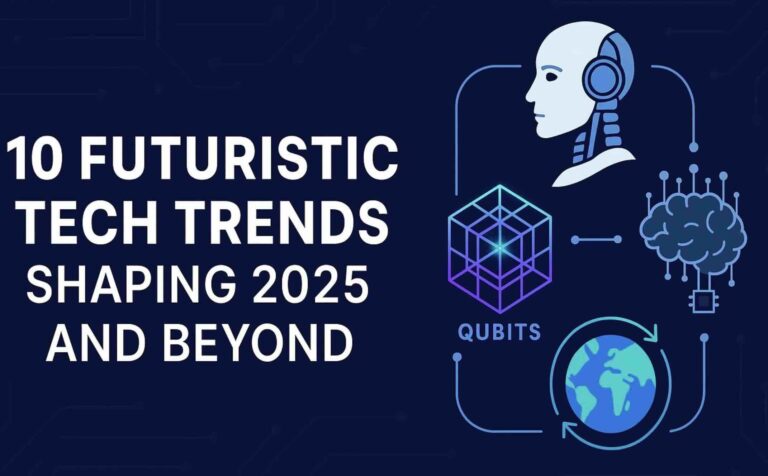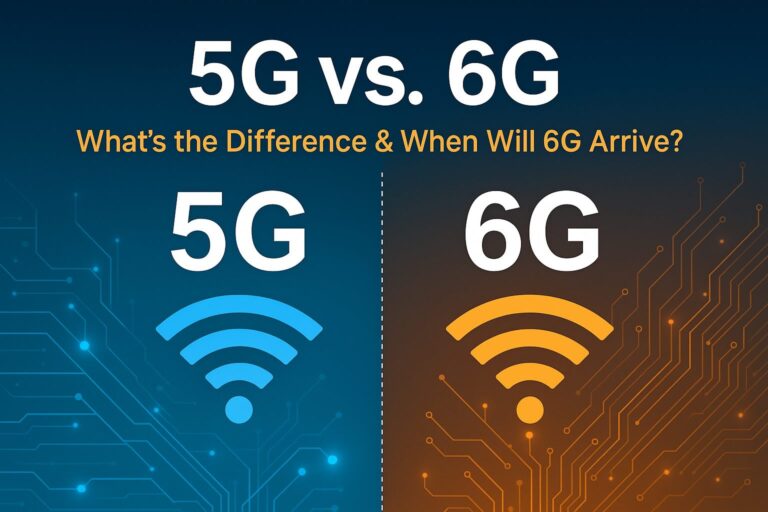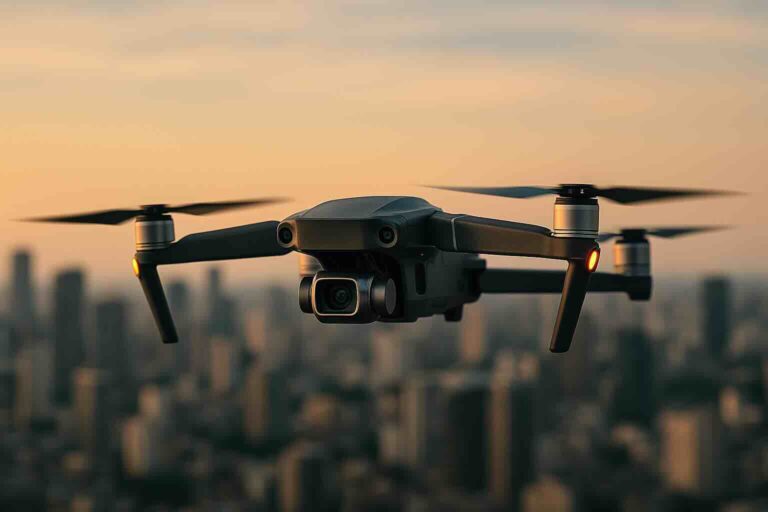The Internet of Things (IoT) has revolutionized the way we interact with technology, and its impact on various industries is undeniable. One such industry that is poised to benefit significantly from IoT is healthcare. The Internet of Medical Things (IoMT) refers to the interconnected medical devices, wearables, and other healthcare technology that can communicate and share data over the internet. This article will delve into the concept of IoMT, its practical usage, and how it is enhancing healthcare delivery through connectivity.
The Concept of IoMT
The IoMT is an extension of the IoT concept, which involves connecting everyday objects to the internet. In healthcare, IoMT refers to the interconnectivity of medical devices, wearables, and other healthcare technology that can collect, transmit, and analyze health-related data. The devices in IoMT can be implantable or wearable, such as smartwatches, glucose monitors, insulin pumps, pacemakers, and other medical equipment.
The IoMT devices are equipped with sensors that can collect real-time data about a patient’s health status. The data is then transmitted to a central server or cloud-based platform for analysis and interpretation by healthcare providers. This data can provide insights into a patient’s health trends, enabling early intervention and preventative care.
The practical usage of IoMT in healthcare delivery
1. Remote Monitoring: One of the most significant benefits of IoMT is remote monitoring. Patients can wear devices that continuously monitor their vital signs and transmit the data to their healthcare providers in real-time. This enables healthcare providers to monitor patients’ health status remotely and intervene early if necessary. For instance, patients with chronic conditions such as diabetes or heart disease can use wearables to monitor their blood sugar or blood pressure levels regularly. The data collected from these devices can help healthcare providers identify trends and patterns in the patient’s health status, enabling them to provide personalized care plans.
2. Telemedicine: Telemedicine refers to the delivery of healthcare services via telecommunication technologies such as video conferencing or messaging platforms. The use of IoMT devices in telemedicine enables patients to receive medical care remotely without having to visit a hospital or clinic physically. For instance, patients with mobility issues or those living in remote areas can access medical care through telemedicine using IoMT devices such as smartphones or tablets equipped with video conferencing software. This not only improves accessibility but also reduces travel time and costs for patients.
3. Medication Management: IoMT devices can also help patients manage their medication regimens more effectively. Smart pill bottles equipped with sensors can remind patients when it’s time to take their medication and alert their healthcare providers if they miss a dose. This ensures that patients adhere to their medication regimens correctly, reducing the risk of complications or adverse events associated with non-compliance.
4. Medical Research: The vast amount of health-related data generated by IoMT devices presents an opportunity for medical research. Healthcare providers can analyze this data to identify patterns and trends in disease progression or response to treatment, enabling them to develop more effective treatments and therapies for patients. For instance, researchers can use data from wearables to study sleep patterns and identify factors that contribute to sleep disorders such as insomnia or sleep apnea. This information can help develop more personalized treatment plans for patients suffering from sleep disorders.
5. Patient Engagement: IoMT devices can also improve patient engagement by providing them with real-time feedback on their health status. Patients can use wearables to monitor their activity levels, dietary intake, or stress levels and receive feedback on how they can improve their overall health status. This not only empowers patients but also enables them to take a more active role in managing their health conditions proactively rather than reactively waiting for symptoms to arise before seeking medical attention.
Challenges and Limitations of IoMT in Healthcare Delivery
1. Data Security: One of the significant challenges facing the adoption of IoMT in healthcare delivery is data security. The vast amount of sensitive health-related data generated by IoMT devices presents a significant risk of data breaches or unauthorized access by third parties. Healthcare providers must ensure that they have robust data security measures in place to protect patient data from unauthorized access or theft.
2. Interoperability: Another challenge facing the adoption of IoMT in healthcare delivery is interoperability between different devices and platforms. Many different manufacturers produce IoMT devices, making it challenging to ensure compatibility between different devices and platforms used by healthcare providers. This lack of interoperability makes it difficult for healthcare providers to integrate different devices into their workflows effectively, leading to fragmented care delivery models that are less efficient than desired outcomes for patients’ health needs are met appropriately within this context too! 3) Cost: The cost of implementing IoMT technology in healthcare delivery is another significant challenge facing its adoption in many countries worldwide due mainly because most governments cannot afford it yet despite its potential benefits on public health outcomes! 4) Regulatory Frameworks: There is a need for regulatory frameworks governing the use of IoMT technology in healthcare delivery due mainly because many countries worldwide do not have clear guidelines on how best to regulate this emerging technology’s use within their respective jurisdictions! 5) Privacy Concerns: There are privacy concerns regarding the use of IoMT technology in healthcare delivery due mainly because many people are uncomfortable with the idea of having their health-related data shared with third parties without their explicit consent!
Conclusion
In conclusion, the Internet of Medical Things (IoMT) presents an exciting opportunity for enhancing healthcare delivery through connectivity by improving remote monitoring capabilities, facilitating telemedicine services, enhancing medication management practices, promoting medical research efforts while simultaneously improving patient engagement levels through real-time feedback mechanisms provided by wearables among other benefits! However, there are still significant challenges facing its adoption due mainly because of issues related












